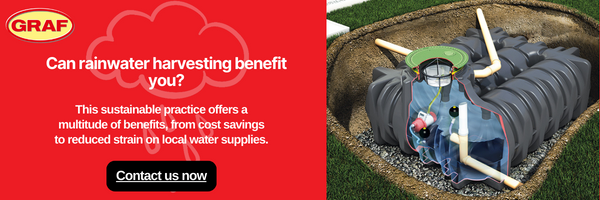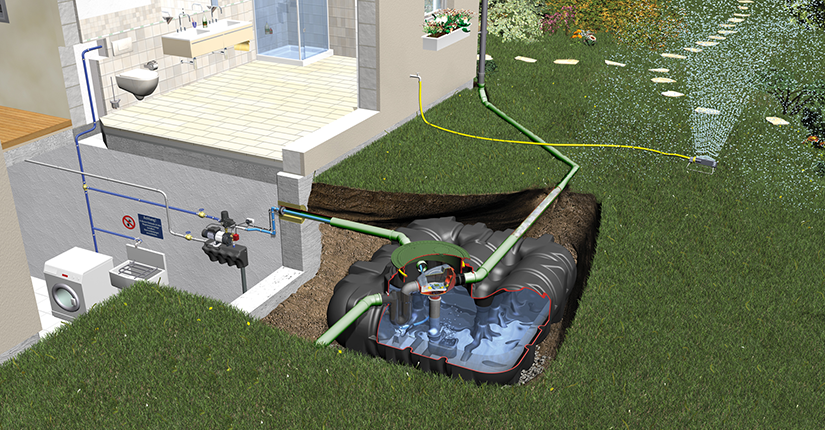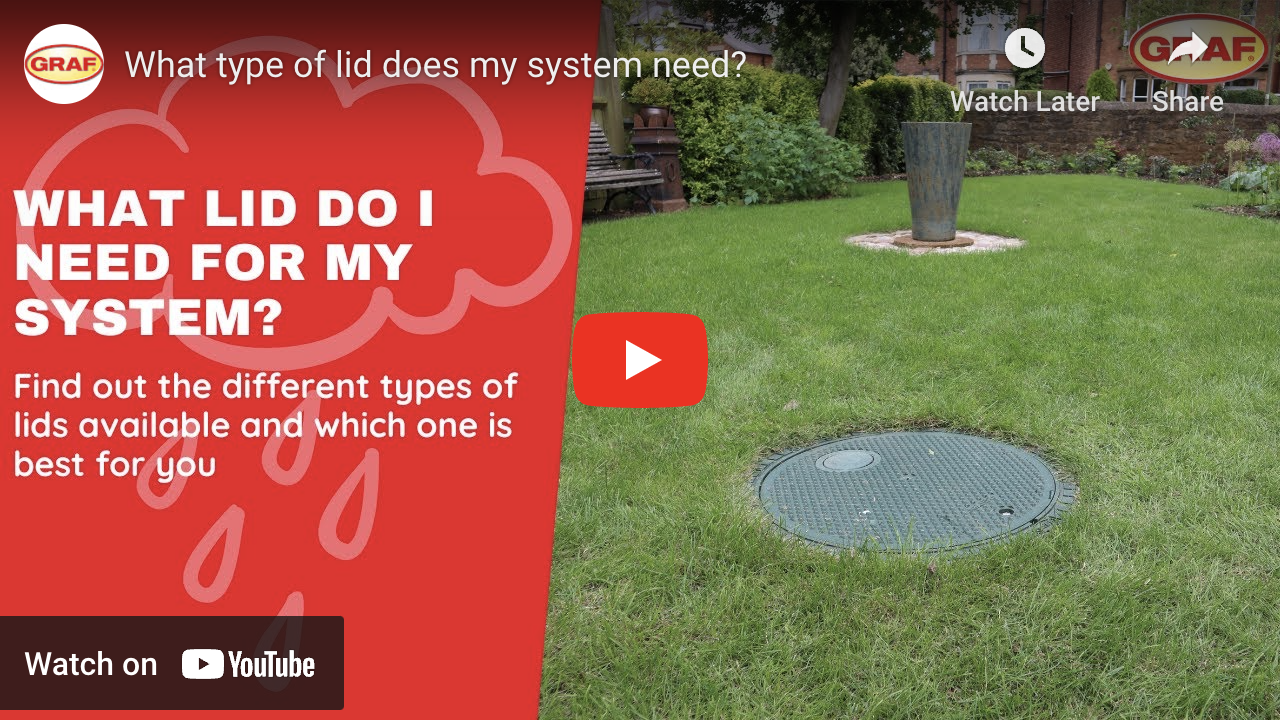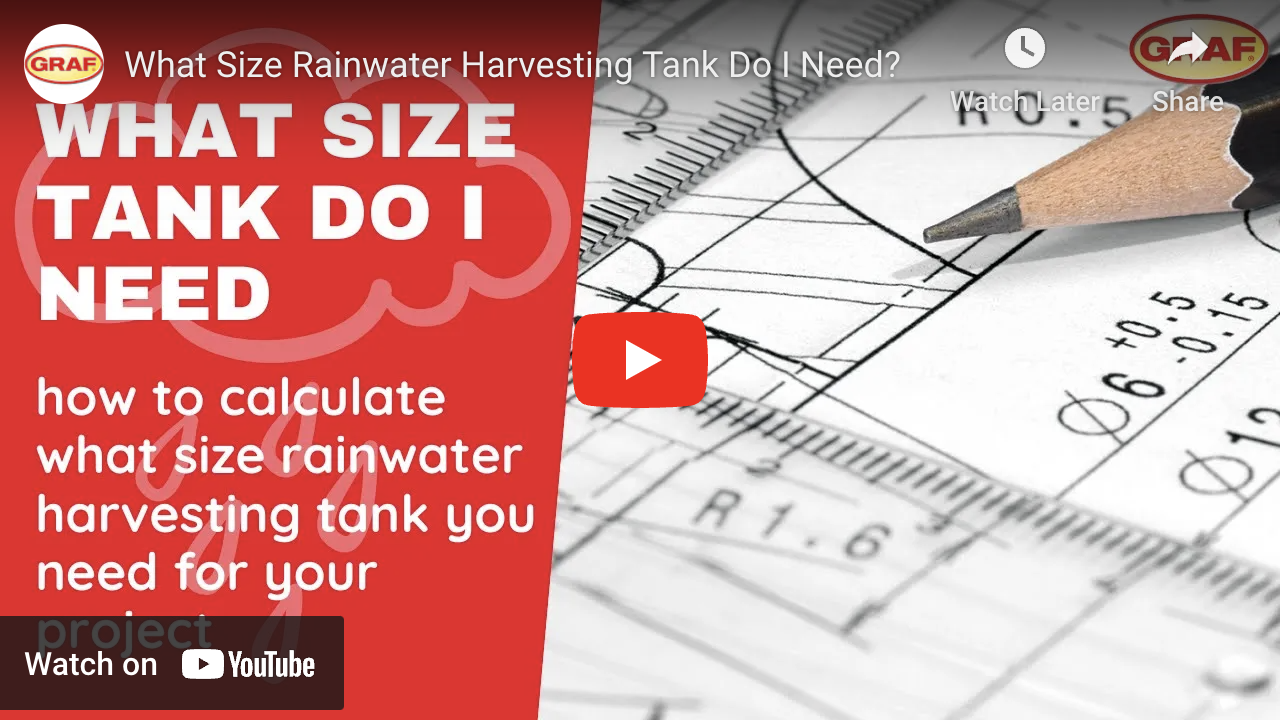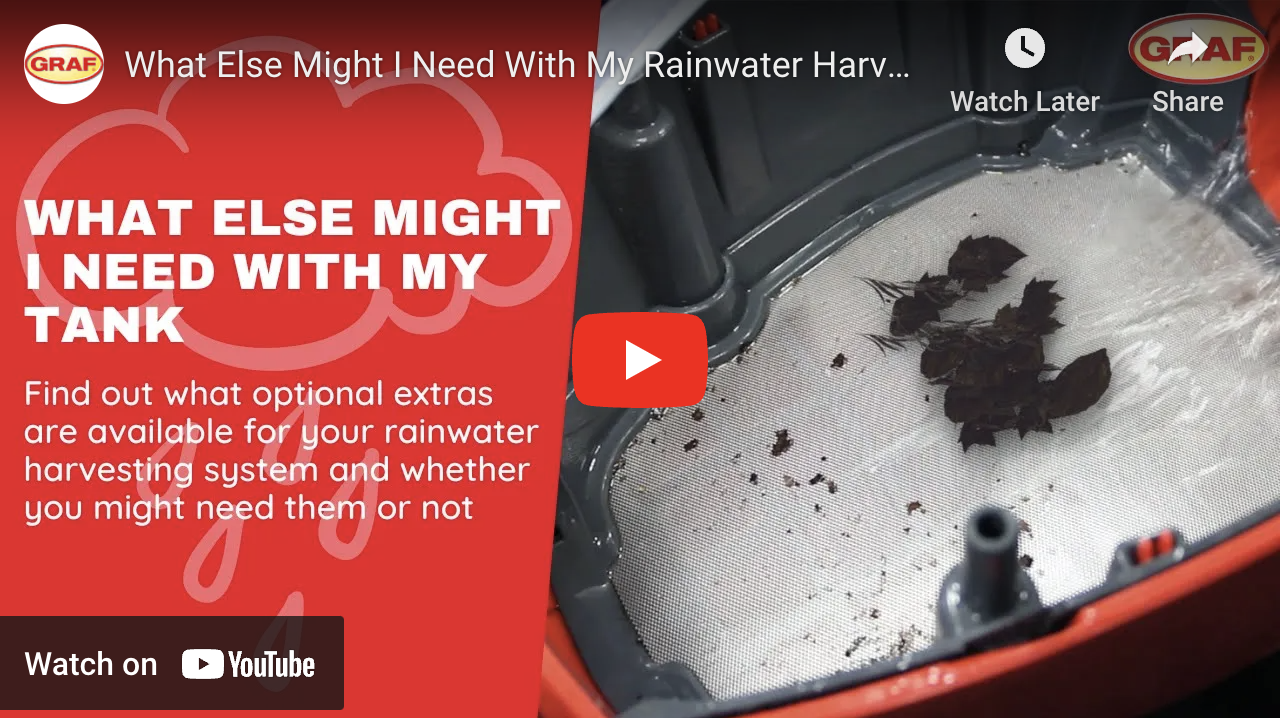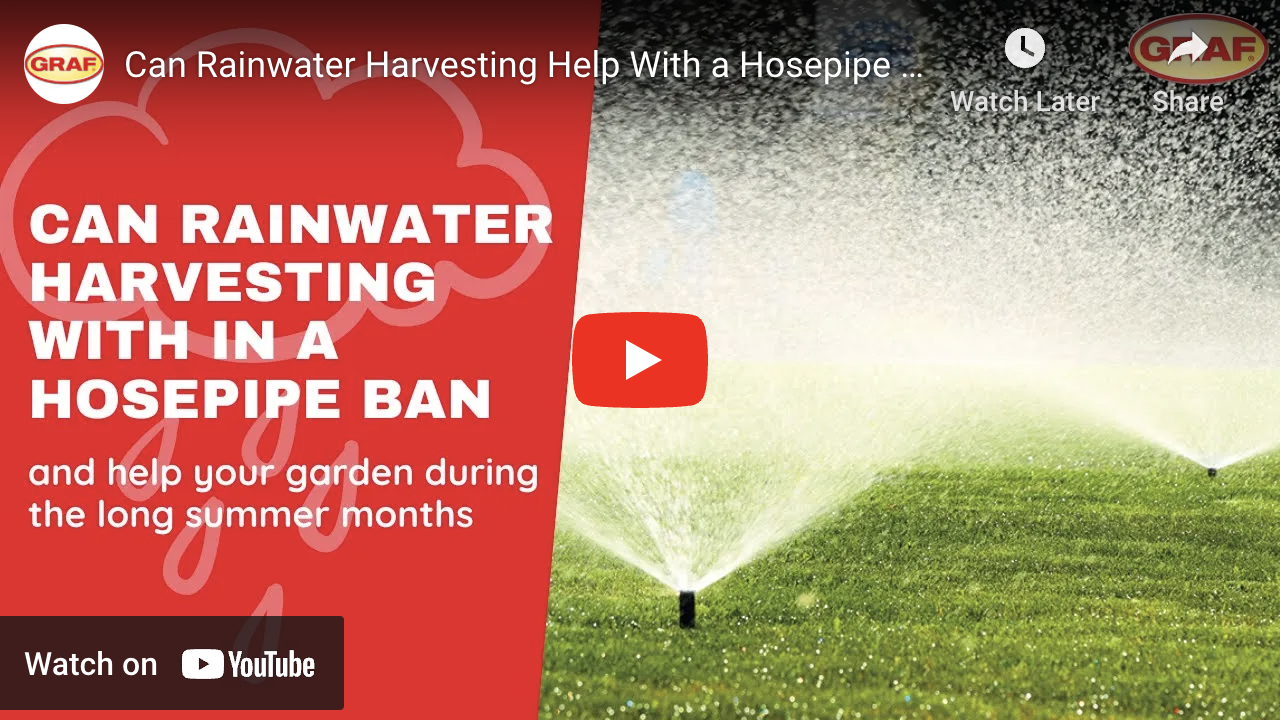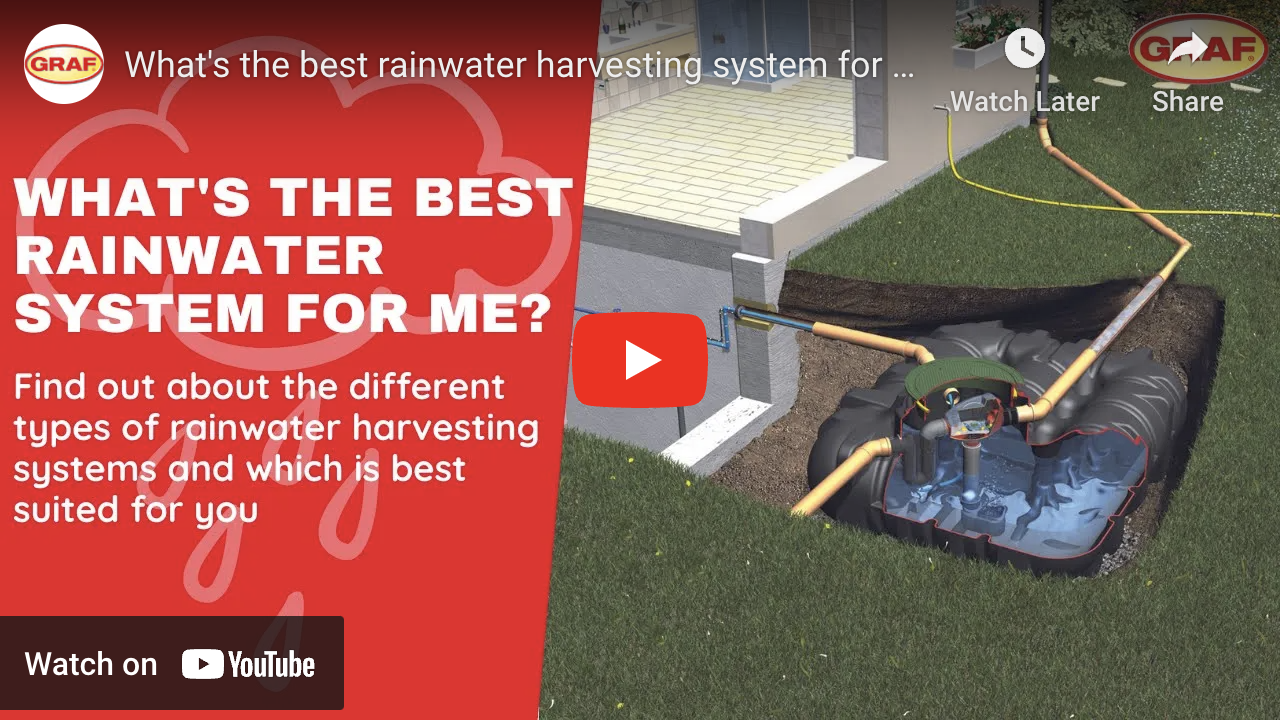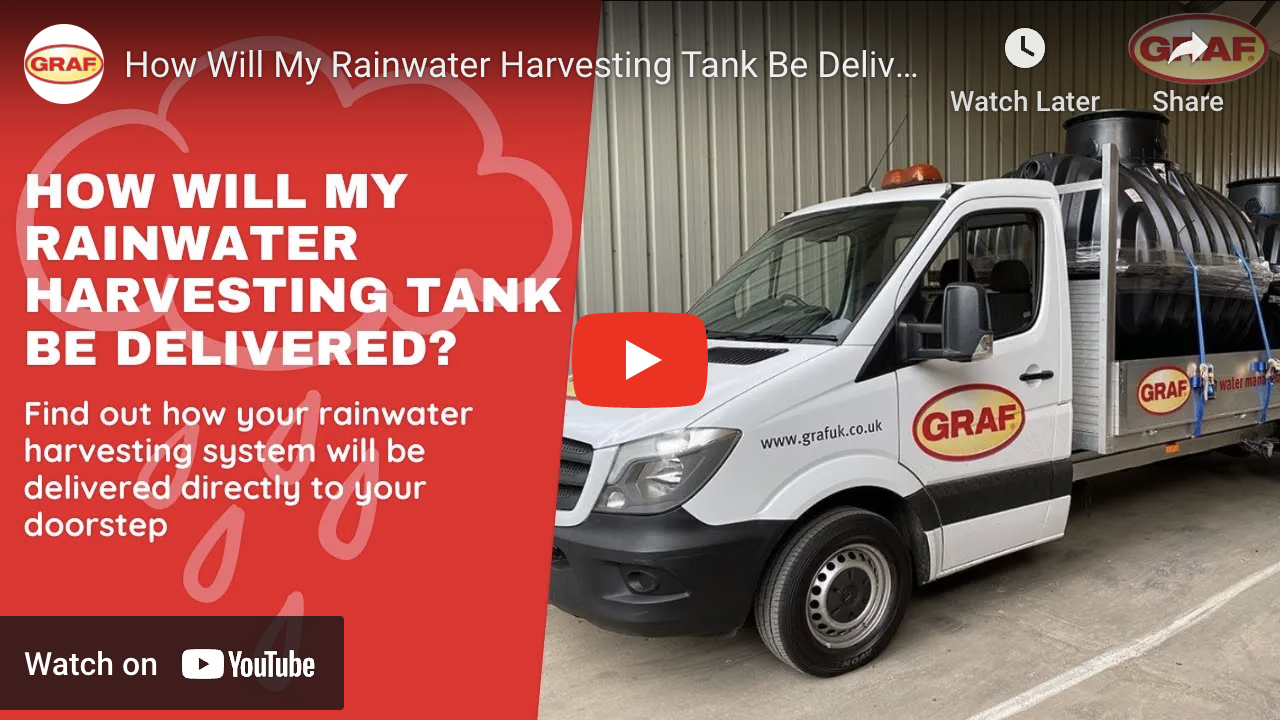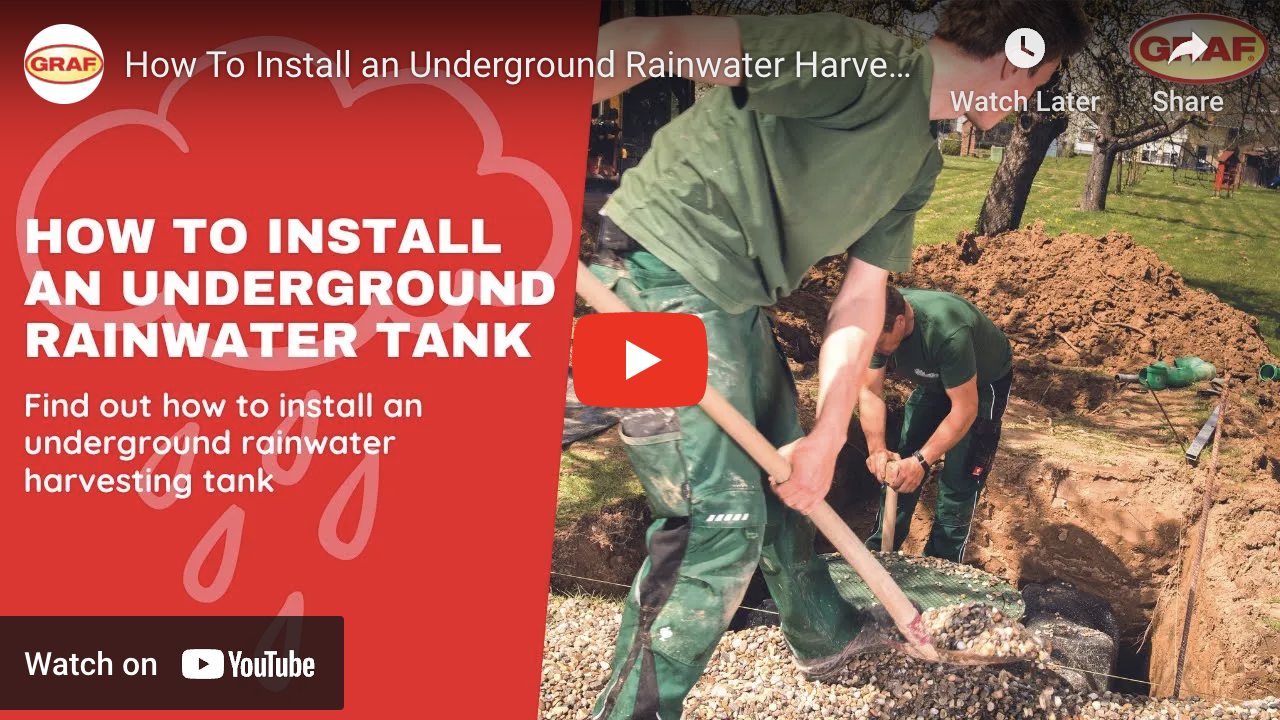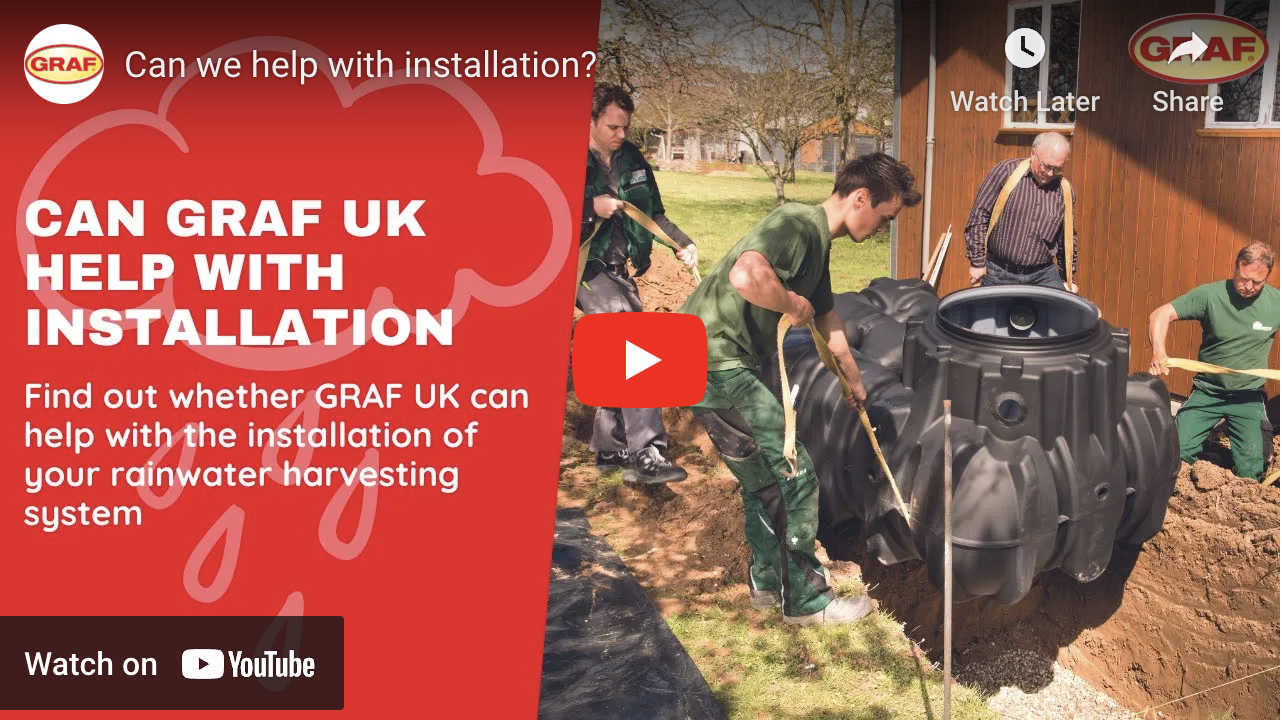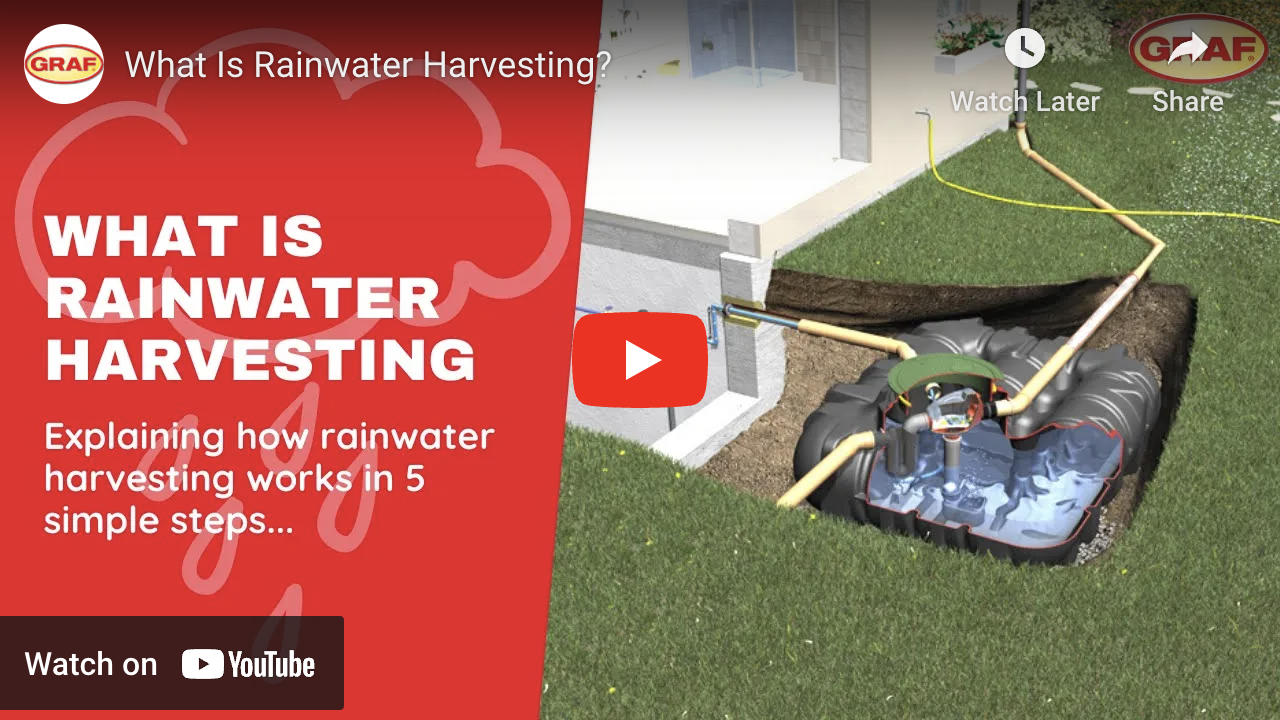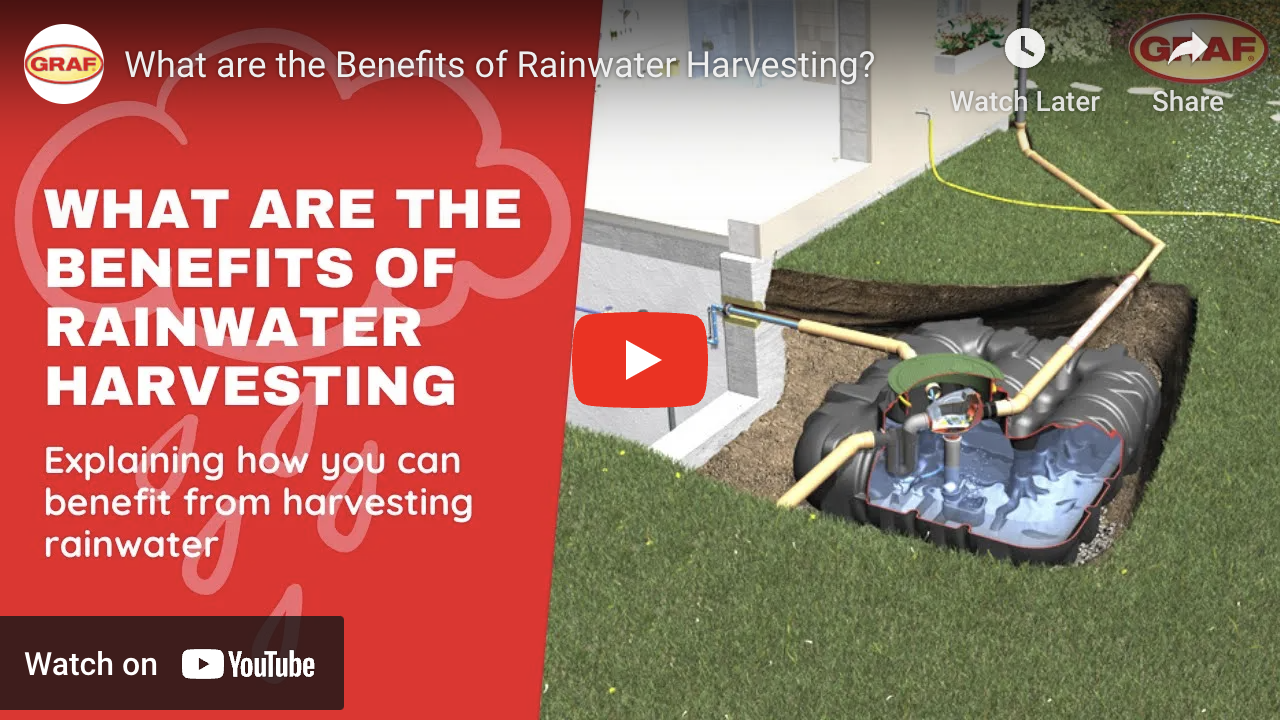Read time: 3 minutes
In an era where environmental consciousness is more critical than ever, individuals and communities are exploring innovative ways to reduce their ecological footprint and embrace sustainable practises. One such practise that has gained prominence is rainwater harvesting. The notion of capturing and utilising rainwater isn’t a new concept, but its relevance has surged as we seek alternatives to traditional water sources. This blog post delves into the significance of rainwater harvesting, outlining its definition, homeowner advantages, and its alignment with a sustainable lifestyle.
What is Rainwater Harvesting
At its core, rainwater harvesting is the practise of collecting, storing, and utilising rainwater that falls on rooftops, surfaces, and landscapes. This water is typically captured and directed through a system of gutters, downspouts, and pipes into storage tanks or reservoirs. The collected rainwater can then be used for various non-potable purposes, such as irrigation, flushing toilets, doing laundry, and even some potable uses with proper treatment. By harnessing this abundant natural resource, rainwater harvesting offers a practical solution for reducing the strain on conventional water supplies and promoting sustainable water management.
Benefits of Rainwater Harvesting
From a homeowner’s perspective, rainwater harvesting brings about a myriad of benefits, both economical and ecological.
- Cost Savings: Implementing rainwater harvesting can significantly lower water bills by reducing reliance on municipal water sources for non-potable tasks like watering lawns or gardens and washing cars. This becomes particularly advantageous in regions where water prices are high.
- Reduced Strain on Local Water Supply: By using harvested rainwater for various household activities, homeowners alleviate the burden on local water supplies, especially during periods of drought or water scarcity. This helps maintain the balance between human needs and environmental health.
- Mitigation of Flood Risks: Rainwater harvesting systems can aid in managing stormwater runoff by capturing rainwater before it floods streets or causes erosion. This proactive approach can contribute to minimizing flood-related damages in communities.
- Enhanced Plant Growth: Rainwater, devoid of the chemicals often found in treated water, is rich in nutrients, making it an ideal choice for nurturing plants. Gardens and landscapes thrive on rainwater, leading to healthier and more vibrant green spaces.
- Promotion of Self-Sufficiency: Rainwater harvesting empowers homeowners to take control of their water supply. This self-sufficiency fosters resilience against water shortages, infrastructure failures, and other water-related challenges.
- Reduced Erosion and Pollution: Harvesting rainwater reduces the volume of water that flows over impervious surfaces, which can carry pollutants into water bodies. By doing so, homeowners contribute to preserving the quality of local water sources.
Embracing Sustainability through Rainwater Harvesting
Rainwater harvesting stands out as a sensible choice for those seeking a sustainable lifestyle in an era of environmental uncertainty. By capturing and utilising rainwater, individuals can actively contribute to conserving precious water resources, lessening the strain on ecosystems, and promoting a more resilient future.
Rainwater harvesting isn’t merely a practise; it’s a philosophy that encourages us to rethink our relationship with water. As homeowners, we have the opportunity to harness a natural, abundant resource that offers financial benefits, environmental conservation, and a pathway to a sustainable lifestyle. By adopting rainwater harvesting techniques, we take a step towards a more harmonious coexistence with the planet, reaffirming our commitment to responsible living for ourselves and generations to come.
